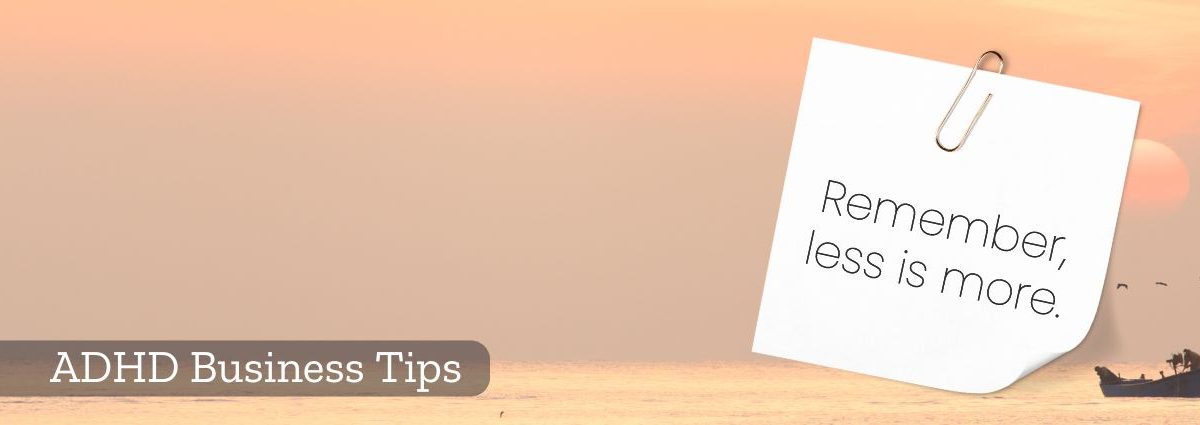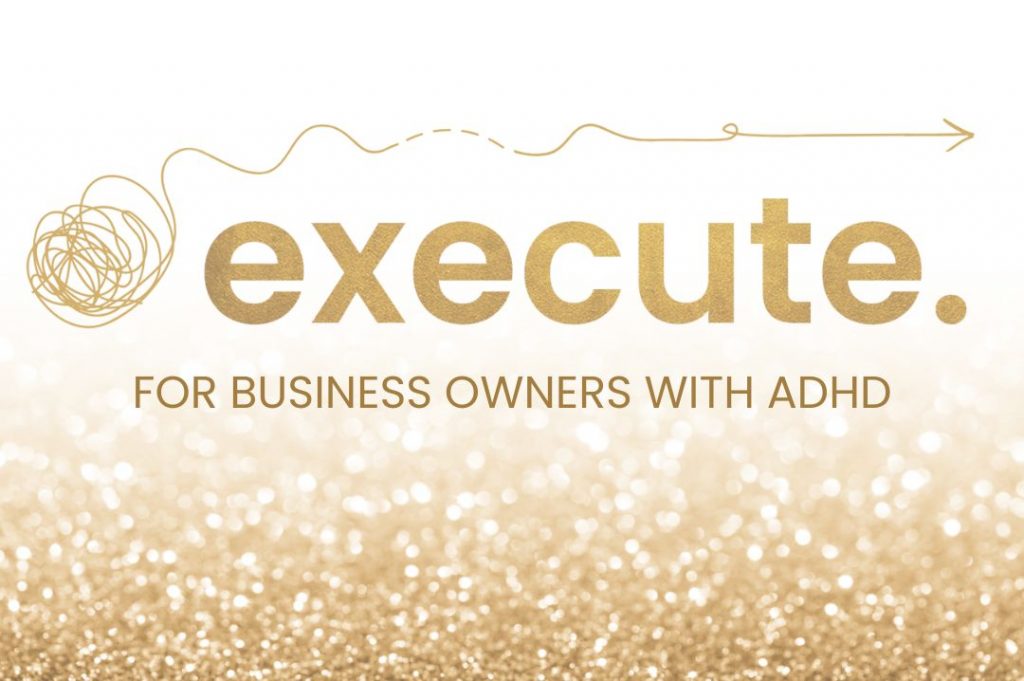Today I want to start with a little story, I call “The Tale of the Overachieving To-Do List.”
Rachel, a well-intentioned freelancer with ADHD, decided one Monday morning that this would be the week she’d finally “get organised.” Armed with her favourite productivity apps, a new planner, and an industrial-sized package of sticky notes, she set out to create the ultimate to-do list.
She began by listing every task she could think of, from “revolutionise marketing strategy” to “organise pencil drawer.” As she wrote, more ideas kept popping into her head. “I should probably learn coding,” she thought. “And maybe take up meditation to manage stress.” On the list they went.
By lunchtime, Rachel’s desk was a sea of color-coded sticky notes. Her planner was bursting with tasks, each assigned a priority level, duration estimate, and three different symbols to indicate its category, urgency, and potential delegation options. Her phone was pinging with reminders from five different apps, each prompting her to do something different.
Feeling accomplished, Rachel leaned back in her chair to admire her work. That’s when she realised she couldn’t see her computer screen through the forest of sticky notes. She reached for her planner to start her first task but couldn’t remember which of the 17 symbols she’d created meant “start now.”
As her phone continued to buzz with conflicting reminders, Rachel sat – frozen. Overwhelmed by the very system she’d created to simplify her life. She spent the rest of the afternoon trying to decode her own organisational system, that in her quest for the perfect to-do list, she hadn’t actually done anything on the list at all.
That evening, as Rachel peeled sticky notes off her face and plucked them from her hair, she had an epiphany. Sometimes, the simplest to-do list is just three items scribbled on the back of an old envelope. And sometimes, “do less” is the most productive thing you can put on that list.
It’s just a story..
Of course, Rachel’s story is just fiction… I’m sure you’ve never crashed in a heap covered in sticky notes in pursuit of the perfect to-do list! 😉 It does demonstrate however, how easy it is for a neurodivergent brain to get carried away, creating unnecessary complexity that we later find ourselves drowning in.
Adopting a “less is more” approach can be incredibly beneficial for those of us with ADHD brains, as it allows us to reduce overwhelm and enhance focus. It’s not about doing less work or lowering ambitions, but about streamlining processes, prioritising effectively, and creating an environment that supports concentration and productivity.
Here are ten ADHD-friendly ways you can use this philosophy at work:
1. Streamline Your To-Do List:
Instead of tackling a long list of tasks, prioritise the top three to five tasks that will have the most significant impact on your business. This helps maintain focus and prevents the paralysis that can come from having too many choices. By concentrating on high-impact activities, you can ensure you’re making meaningful progress each day.
2. Declutter Your Workspace:
A clean and organised workspace can significantly reduce distractions and enhance concentration. Doing regular reviews of your workspace and removing items that don’t serve a clear purpose or contribute to productivity, can help maintain this focus-friendly environment. This practice not only improves concentration but also creates a sense of calm and control, which can be particularly beneficial for an often-frenetic brain!
3. Limit Meetings:
Minimise the number of meetings you attend. Evaluate each meeting’s importance and ensure it has a clear agenda and purpose. If you often get carried away socialising in meetings, remember that while they can be useful for establishing rapport and building important relationships it’s easy forget any other purpose if we become too focused on gaining approval. The fastest path to adoration is delivering what people need, and while some will appreciate a more social approach, we all appreciate someone who respects our limited time and attention!
4. Choose Tools Wisely:
The “less is more” philosophy encourages choosing a select few essential tools that address critical needs and integrate well with existing processes. Using too many tools can complicate your workflow and lead to fragmentation. By simplifying the digital toolkit, you can reduce the cognitive load associated with switching between multiple applications and systems.
5. Focus on Core Offerings:
Applying the “less is more” principle to the business itself can also yield significant benefits. By focusing on core products or services – those that are most profitable or fulfilling – entrepreneurs can concentrate their efforts on what they do best. This focused approach not only improves the quality of offerings but also enhances customer satisfaction. It allows entrepreneurs to become true experts in their niche, rather than spreading themselves too thin across multiple product lines or services.
6. Set Boundaries:
When you run your own business, setting healthy boundaries is a crucial skill to develop. Learning to say no to opportunities or tasks that don’t align with your business goals or personal values helps conserve energy for what truly matters. This practice prevents overcommitment and ensures that time and resources are more likely to be invested in activities that drive the business forward.
7. Batch Similar Tasks:
Improve your efficiency by batching similar tasks together. Rather than constantly switching between different types of work throughout the day, dedicating specific time slots to similar activities can help maintain focus and reduce the mental effort required to transition between tasks. For example, setting aside dedicated times for responding to emails, updating social media, or making client calls can create a more structured and manageable workday.
8. Simplify Communication:
Communication is another area where the “less is more” approach can be beneficial. Streamline your communication channels by using one or two primary methods (like email or a team messaging app) and encouraging clear, concise exchanges rather than back-and-forth exchanges. This not only improves productivity but also reduces the mental clutter that can accumulate from managing multiple communication platforms.
9. Embrace Minimalism in Marketing:
Focus on a few marketing channels that yield the best results rather than spreading your efforts thin across many platforms. Quality content and targeted engagement on these platforms are often more effective than a scattered approach across many channels.
10. Reflect and Adjust:
Regularly review your processes and strategies to identify areas where you can simplify or improve. Ask yourself what tasks or activities truly move the needle and eliminate those that don’t contribute to growth or furthering your mission.
TRY IT OUT:
One thing you can do right now to embrace the “less is more” philosophy is to clear off your desk. Take 5-10 minutes to remove everything from your desk, and only put back the essentials—the items you use daily and that contribute to your work. This quick decluttering session can create a more focused and inviting workspace, reduce distractions, and provide a sense of accomplishment. Once you see how a tidy space can positively impact your productivity and mood, you might feel motivated to tackle larger decluttering projects. Read more about Sorting Your Space.
By embracing the “less is more” principle, we can create a more manageable, focused, and productive business environment. This approach not only helps in managing the challenges associated with ADHD but also allows for greater creativity and success. By simplifying and streamlining various aspects of your business, you can harness your unique strengths, maintain focus on what truly matters, and build a thriving company that stands the test of time.
How can you harness the power of less at work?





Recent Comments